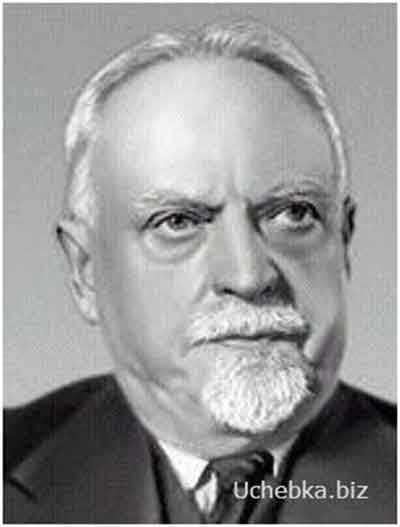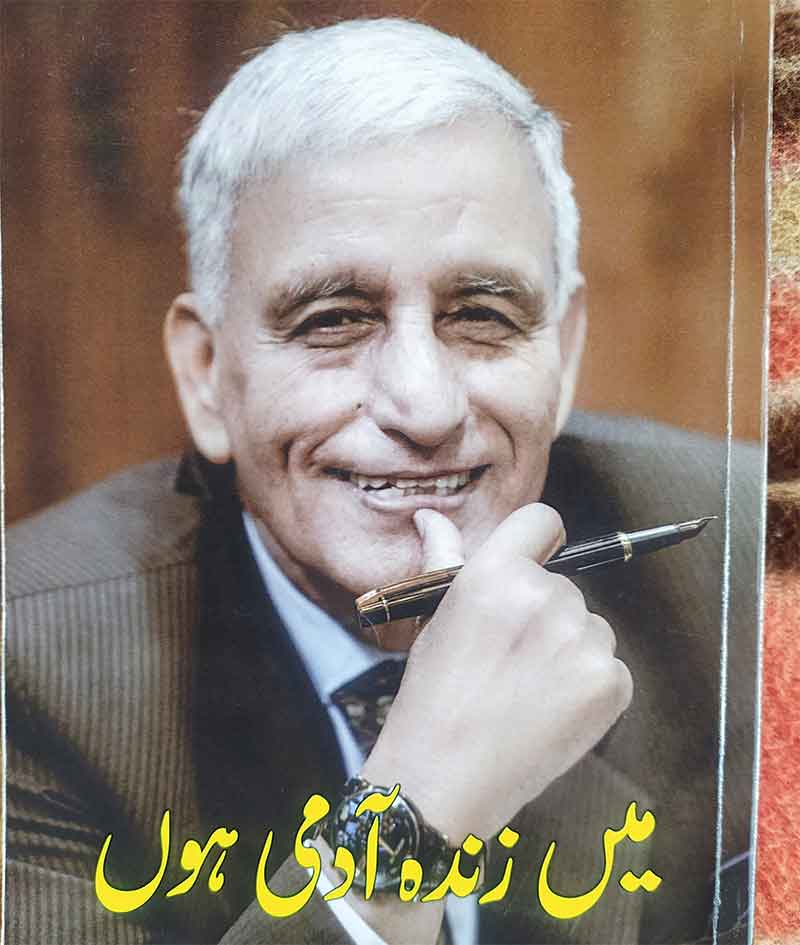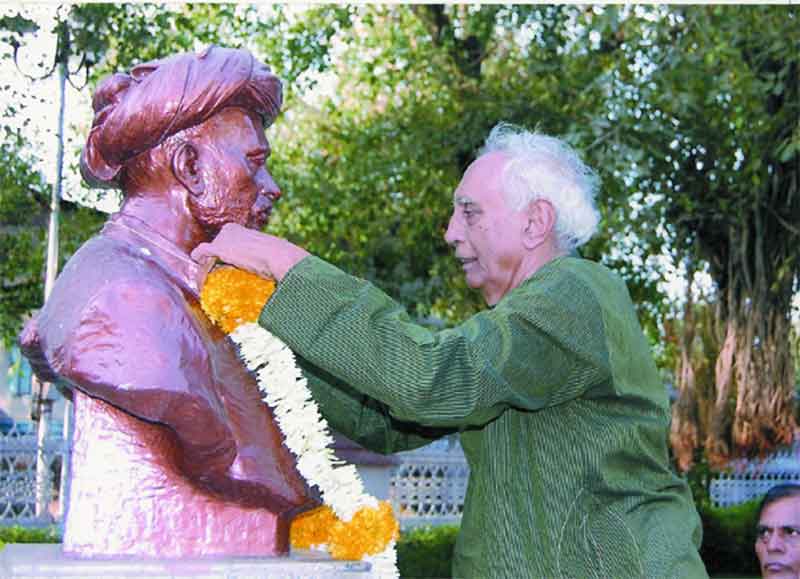
Nikolai Alexandrovich Semashko was an outstanding scientist and was major architect in Soviet health care, the first People’s Commissar of Health of the RSFSR, Academician of the USSR Academy of Medical Sciences and the RSFSR Academy of Sciences, Honoured Scientist of the RSFSR, Professor. Semashko’s entire life was a concrete example of selfless service to the service of humanity, with unflinching commitment socialist ideals or Marxist Leninist ideology. This year we celebrate the centenary of the creation of the House of Scientists, in USSR. in 1922.
We must credit him for sowing the seeds of the most progressive health system ever constructed, which was manifestation of Marxist-Leninist ideology and Socialist principles. It surpassed every bourgeois democratic country in terms of health welfare, with an in built infrastructure for the workers. Today under the onslaught of globalisation health facilities are turning a unaffordable or very hard to afford for the common man. It is notable that United States of America had no National Health system and today the public health system has virtually been dismantled in Great Britain. The new epoch carved in health care in USSR is slap in the face of intellectuals who glorify imperialist sponsored or capitalist health care. Today in the digital or electronic age with complete monopoly of artificial intelligence, we need to resurrect such an effective Health system, with millions still not able to avail of proper health facilities.
I recommend everyone to read about Soviet health care from 1917-1956., which illustrated the superiority of Socialist methodology in drastic contrast over the capitalist system, particularly during Socialist construction and the Great Patriotic War as well as the speech of Semashko on ‘Work of the Public Health Authorities in Soviet Russia’ published in the ‘Communist Review ‘ of 1923,or writings of Sidney and Beatrice Webb.
Born in 1874 on September 20th,in the family of a teacher in the village of Livenskoye, Yelets district, Oryol province (now the Lipetsk region). In 1891 he entered the medical faculty of Moscow University; since 1893 – a member of the Marxist circle. In 1895, for participation in the revolutionary movement, he was arrested and exiled to his homeland under public police supervision.
In 1901 he graduated from the medical faculty of Kazan University, worked as a doctor in the Oryol and Samara provinces. From 1904 he worked in the Nizhny Novgorod Committee of the RSDLP; during the revolutionary events of 1905 – one of the organizers of the strike at the Sormovsky plant, for which he was again arrested.
In 1906 he immigrated to Switzerland (Geneva). The Swiss authorities, at the request of the tsarist government, arrested Semashko, but V.I. Lenin helped to escape from the hands of the police. A year later, together with Vladimir Ilyich, Semashko moved to Paris, where he worked as secretary of the foreign bureau of the Central Committee of the RSDLP. In 1911, in the town of Longjumeau near Paris, Lenin organized a party school, in which Semashko also actively worked. In January 1912 he took part in the Prague Party Conference. In 1913 he participated in the social democratic movement in Serbia and Bulgaria.
Returning to Moscow in September 1917, he was elected from the Bolshevik faction as chairman of the Pyatnitskaya district council. Delegate of the 6th Congress of the RSDLP (b). Participated in the preparation of the October armed uprising in Moscow, organized medical care for its participants.
After the victory of October, Nikolai Aleksandrovich invested every ounce of his energy towards the organization of Soviet health care. He was appointed head of the medical and sanitary department of the Moscow Soviet, and in July 1918, at the suggestion of V. I. Lenin, the People’s Commissar of Health of the RSFSR.
The People’s Commissariat of Health pioneered activity when a civil war was going on in the country, epidemics of typhus and relapsing fevers were raging, devastation swept every area. Amidst gravest of situations, he devised an entirely new format for organizing the protection of the health of the people, which was struck in the young Soviet Republic in a short time. Semashko’s efforts went a long way towards battling epidemics, devising systems for protecting motherhood and infancy, protecting the health of children and adolescents, and a network of research medical institutes were created.
In 1930-1936 – at work in the All-Russian Central Executive Committee: member of the Presidium, chairman of the Children’s Commission, which was entrusted with the fight against homelessness, leadership of medical and preventive work in children’s health institutions.
Semashko’s contribution to the creation of the Academy of Medical Sciences of the USSR is enormous. Among the first, he was approved as a full member of the USSR Academy of Medical Sciences and a member of its first presidium. And in 1945, Semashko also became a full member of the Academy of Pedagogical Sciences of the RSFSR.
The initiator of the creation of the Central Medical Library (1918), the House of Scientists (1922) in Moscow. In 1927-1936 he was the editor-in-chief of the Great Medical Encyclopedia. First chairman of the Supreme Council for Physical Culture and Sports (since 1923), chairman of the All-Union Hygienic Society (1940-49).
Delegate to the 10th, 12th-16th Congresses of the CPSU (b). He was awarded the Order of Lenin, the Order of the Red Banner of Labour and medals. Countless hospitals, clinics and sanatoriums in the former USSR were named after him.
Before the Great October Socialist Revolution, healthcare in the Russian Empire was the monopoly of various departments and charitable organizations, and in cities it was mainly represented by private practitioners. For the entire population of Russia, which in 1913 amounted to 159 million people, there were 28 thousand doctors, that is, on average, two doctors per 10 thousand people. Moreover, most doctors practiced in large cities of the European part of Russia. There were 208 thousand beds in hospitals (1.3 beds per 1000 inhabitants). More than a third of cities at that time did not have hospitals at all.
In terms of sanitary conditions, tsarist Russia lagged behind every nation in Europe. Every year, 2 million children died from disease. The average life expectancy at that time did not exceed 32 years. Epidemics of typhus and relapsing fever, cholera and other infectious diseases were frequent occurrences. Preventive medicine hardly prevailed.
In rural areas, despite all the efforts of the local doctors, the situation was even graver. According to the official data of the Office of the Chief Inspector, in 1909, for every doctor in the rural areas there was an average of 24.5 thousand inhabitants.
Immediately after the Great October Socialist Revolution, on December 22, 1917, the Soviet government adopted a decree on the “work insurance program”, which significantly expanded the range of citizens subject to health insurance. Moreover, all insurance costs were fully borne by the entrepreneurs. These measures met with warm support from the working masses, who received access to high-quality and free medical care, but faced a boycott by a significant part of the medical community due to their rejection of the Soviet power and the expectation of its early overthrow, which would lead to the return of the previous orders of work.
Immediately after the Great October Socialist Revolution, on December 22, 1917, the Soviet government adopted a decree on the “work insurance program”, which significantly expanded the range of citizens subject to health insurance. Moreover, all insurance costs were fully borne by the entrepreneurs. These measures met with warm support from the working masses, who received access to high-quality and free medical care, but faced a boycott by a significant part of the medical community due to their rejection of the Soviet power and the expectation of its early overthrow, which would lead to the return of the previous orders of work.
The All-Russian Congress of Medical and Sanitary Departments, held on June 15-18, 1918 in Moscow, recognized the need to create the People’s Commissariat of Health, in charge of all medical and sanitary affairs in the Soviet Republic. The first People’s Commissar of Health of the RSFSR was Nikolai Aleksandrovich Semashko, who held this post until 1930. At the congress, in his report N.A. Semashko formulated the principles of the organization of Soviet health carea ,nalysed the need to get rid e the former interdepartmental disunity and solve the problems of guaranteeing free of charge medicine, improving the quality of medical care (creating special outpatient clinics and hospitals). The report emphasized the need to overcome the raging epidemics (tuberculosis, cholera, malaria, venereal diseases, and the like). In Russia , for the first time in the world, a supreme state body was formed, which under one body unified all the medical and sanitary health care of the Soviet Republic. The congress laid down the basic principles of Soviet health care. The Council of People’s Commissars of the RSFSR instructed the People’s Commissariat of Health to take emergency measures to combat diseases, providing appropriate funding for this purpose, and ordered it to report twice a week on the progress of the fight against epidemics. In 1918, the Central Commission for Combating Epidemic Diseases was formed. Based on the materials of the work of this commission, a plan was carved for combating epidemics and distributed, providing for the deployment of hospital 2 beds, the device and equipment of baths, laundries, disinfection points, registration of morbidity, as well as the broadest sanitary educational work.
In 1919 N.A. Semashko presented draft decrees on compulsory smallpox vaccination and on measures to supply relevant medical institutions with the necessary materials and equipment. All decisions on the report of N.A. Semashko and measures were taken immediately.
At that time, major initiatives were undertaken in preventing the spread of infectious diseases. Popular brochures and posters on the fight against typhus and recurring fever and other infectious diseases were published. There were also various sanitary “weeks”, “week of fighting typhus” and others. The purpose of these “weeks” was to make the general public accustomed with health problems and to involve them in a conscious process in health protection. Such steps were the precursor, in creating conditions for confronting and ultimately complete elimination. of epidemics
After the end of the civil war and introduction of the New Economic Policy, the objective of the People’s Commissariat of Health was towards the restoration of old and the creation of new medical institutions, to the implementation of broad preventive measures to improve the health of work and life. Steps were undertaken to organize tuberculosis and venereal dispensaries, which actively carried out not only therapeutic, but also preventive activities. A wide network of dispensaries for combating occupational diseases was also created. A dispensary examination of workers employed in industries with hazardous working conditions began, with the mandatory registration of such workers and their periodic regular medical examination in order to identify diseases promptly..
The People’s Commissariat of Health innovated a structure for organizing workplaces, providing them with the necessary supplies, arranging dwellings and various consumer service establishments. Serious attention was paid to the condition of courtyards, villages, gardens and parks. To further improve the system of medical care and prevention of diseases, a wide network of sanatoriums and rest homes was constructed. In the conditions of the civil war, the Soviet government preserved many of the resorts of the Black Sea coast of the Caucasus. After its completion, new resorts and health resorts were built. Already in January 1921, three ambulance trains were sent to Crimea from Petrograd, Moscow and Ivanovo-Voznesensk. In 1920, there were already 22 resorts in operation (in 1919 there were only 5 of them). By the end of 1921, 9 sanatoriums were restored on the southern coast of Crimea, and by the end of the year there were already 23. During 1921-1922, the resorts of the Black Sea coast of the Caucasus opened, and in 1923 – the resorts of Transbaikalia and the Far East. At this time, the number of people receiving treatment at the resorts increased significantly. A network of specialized institutes that studied the health resort business was developed.
In 1925, in the report of the People’s Commissariat of Health N.A. Semashko reported on the successes achieved in Soviet medicine. By this time, mortality had dropped significantly. In particular, infant mortality under one year of age decreased from an average of 27.6% in 1913 to 13.7%. The incidence of massive infections dropped sharply. There was a rapid growth of various kinds of medical institutions, especially treatment and prevention, as well as institutions for the protection of mothers and infants. At the same time, the backlog of rural health care and the need for measures to improve it were noted.
In May 1927, the sixth congress of health departments was held in Moscow, which summed up the results of what the health authorities had done over 10 years. At this congress N.A. Semashko, in his report on the state of health care and its tasks, noted the following significant successes of Soviet medicine, expressed in a decrease in morbidity and mortality from infectious diseases by 20%, an increase in the number of hospital beds by 40% compared to 1913, as well as in a significant increase in the number of outpatient clinics and prenatal clinics.
Heading the People’s Commissariat of Health of the RSFSR, N.A. Semashko knitted the theoretical foundations of the organization of Soviet medicine, which formed the basis for the activities and further development of health care in our country. In accordance with the theoretical developments of N.A. Semashko, from the first years of Soviet power in our country, a radically new health care system was formed, which was named the Semashko system. This very system during the Great Patriotic War enabled the Soviet soldier for the first time in the history of wars to evade the massive spread of epidemics of infectious diseases. All instances of infectious diseases at the front and in the rear, despite the difficulties of wartime, were immediately suppressed by the concerted actions of Soviet doctors. In the future, it was the Semashko system that prevented spread of the epidemic of smallpox imported from India in 1959, and in 1969 to quickly cope with the outbreak of cholera in Astrakhan and Odessa. Until recently, while the Semashko system continued to operate, we seemed to have the idea that in our country there could be epidemics of infectious diseases with numerous victims. It is no coincidence that at the post-war elections to the British Parliament, one of the slogans of the Labour Party was “Let’s create a health care system as in the USSR”.
Another very characteristic feature of Soviet medicine is that it did away with the traditional distinction between preventive and curative medicine, with the entire system is built upon the idea of prevention. The orientation was to arm the human being medically, in a discrete and unobtrusive way, from the moment of conception to the moment of death. Medical workers and medical institutions are installed wherever anyone, in the course of his life, is exposed to dangers. Medical supervision began with the pregnant woman and the woman in childbirth, proceeds to the infant, the pre-school and school child, the adolescent, and finally the man and woman at work.
The restoration of capitalism USSR and especially the “market” reforms of the 1990s dealt a crippling blow to the Semashko system, although they could not dismantle it immediately. The attack on free health care began to develop especially actively with the arrival of “effective managers” – medical businessmen – in Russian medicine. In order to discredit the Soviet health care system, these businessmen launched a number of myths about the initial inferiority and ineffectiveness of Soviet medicine. It led to stagnation in Soviet health care in the 1960-70’s, when the restoration of capitalism in Russia had been completed with state-monopoly capitalism flourishing in the Soviet Union, which bourgeois propaganda invariably illustrated as socialism and even “developed socialism”, first in order to protect against class proletarian criticism, and during the years of “Gorbachev’s” Perestroika in the form of open anti-communist slander. At this time, there was a systematic decrease in the allocated budgetary funds for medicine, and by the end of the 1980’s, the financing of Soviet medicine no longer exceeded 40% of the need. It was then, in the heat of perestroika psychosis, that they started talking about “the need to reform the Soviet health care system.”
Harsh Thakor is a freelance journalist who has done extensive research on USSR
















































